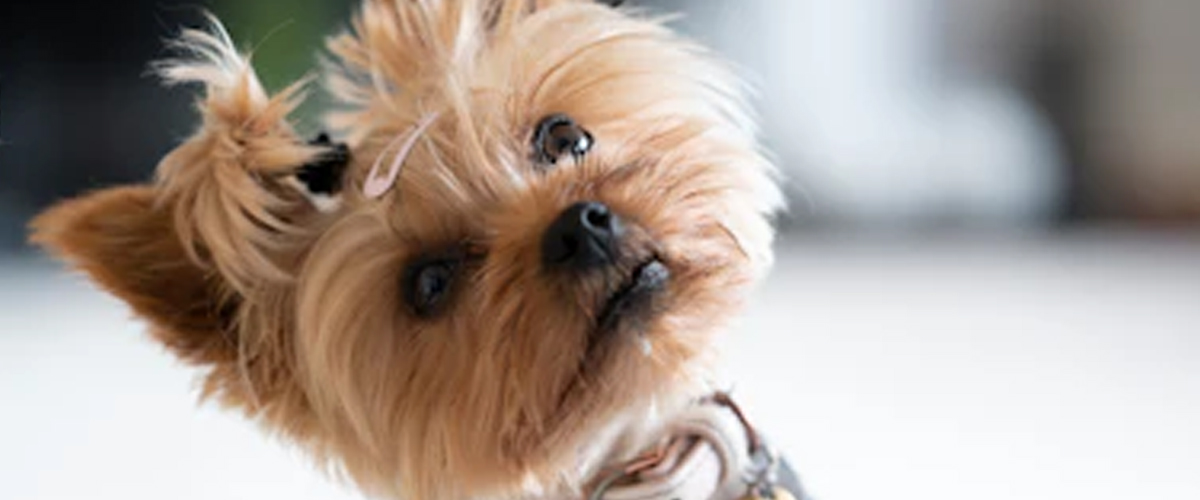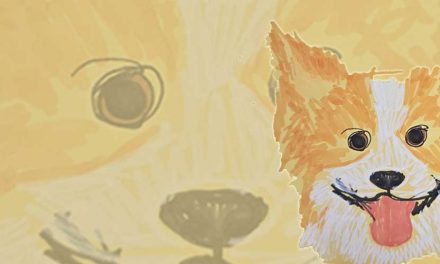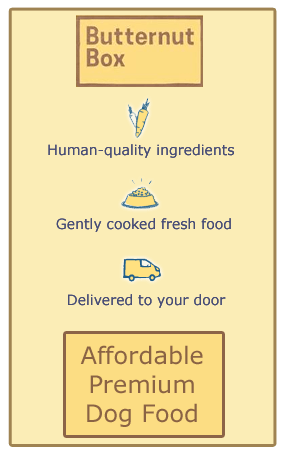When we welcome a puppy into our lives, we often focus on the joyous barks, playful antics, and irresistible cuteness.
However, beneath this delightful exterior lies a rich tapestry of body language that conveys a wealth of messages.
Understanding what our puppies are trying to communicate through their postures can strengthen our bond, aid in training, and enhance our insight into their emotional well-being.
THE ART OF PUPPY POSTURE
Puppy postures can relay various feelings and intents, sometimes more vividly than words could express.
Let’s explore some common postures and what they mean:
1. The Play Bow
One of the most endearing and clear postures is the play bow, where a puppy lowers its front legs while keeping its rear end up.
This gesture is an invitation to play and signifies friendliness.
It’s a crucial part of early socialization, helping puppies learn to interact with others.
If you see this posture, it’s a clear signal that your puppy is feeling playful and looking for some fun!
2. The Natural Sit
A natural sit, where the puppy’s hindquarters are on the ground while the front remains upright, can signify attention and readiness to engage.
This posture can also indicate submission or respect, especially when the puppy is meeting someone new or feels unsure.
Training sessions often utilize this posture, emphasizing the importance of the sit command as both a way for puppies to focus and as a foundation for further learning.
3. The Sloppy Roll
When a puppy rolls onto its back, exposing its belly, it’s often an expression of trust and comfort.
This vulnerable posture signals that a puppy feels safe in its environment.
While some puppies might enjoy a belly rub in this position, others may simply be looking to cool off.
Always approach gently when a puppy is in this posture to respect its comfort and boundaries.
4. The Alert Stance
An upright body, focused gaze, and perked ears characterize an alert stance.
This posture indicates that a puppy is curious or intrigued by something in its environment.
It might be another dog, a person, or an intriguing sound.
Monitoring these moments can provide insight into what captivates your puppy’s attention and can guide you in fostering their curiosity in a safe manner.
5. The Tail Position
The position and movement of a puppy’s tail can provide crucial information about its emotional state.
A wagging tail is often associated with happiness, while a stiff tail raised high might indicate alertness or even aggression.
Conversely, a low, tucked tail signifies submission, fear, or anxiety.
Paying close attention to tail movements alongside other postures is essential for interpreting your puppy’s feelings accurately.
UNDERSTANDING EMOTIONAL CONTEXT
While individual postures carry distinct meanings, it’s vital to look at the broader context.
Puppies communicate in a variety of ways, blending facial expressions, vocalizations, and body language.
For instance, a puppy that appears to be play bowing but is simultaneously growling might be feeling conflicted, indicating a complex emotional state.
Moreover, environmental factors, interactions with other dogs, or unfamiliar situations can influence your puppy’s body language.
It’s important to read the whole scenario instead of solely relying on a single posture.
This comprehensive understanding helps ensure that your puppy feels safe and secure in its environment.
BUILDING STRONGER CONNECTIONS
Being attuned to your puppy’s body language fosters a deeper connection between you and your furry friend.
By learning to decipher these hidden messages, you can respond more effectively to your puppy’s needs, whether that’s by offering encouragement during play, providing comfort in times of stress, or ensuring proper socialization with others.
IN CONCLUSION
The world of puppy postures is a fascinating and rich mode of communication.
By looking beyond the barks and observing the subtleties of their body language, we can nurture a stronger, healthier relationship with our canine companions.
So next time you’re playing with your puppy or simply observing, take a moment to appreciate the messages they’re sharing with you through their movements.
Every posture tells a story, and as pet owners, it’s our privilege to listen.








